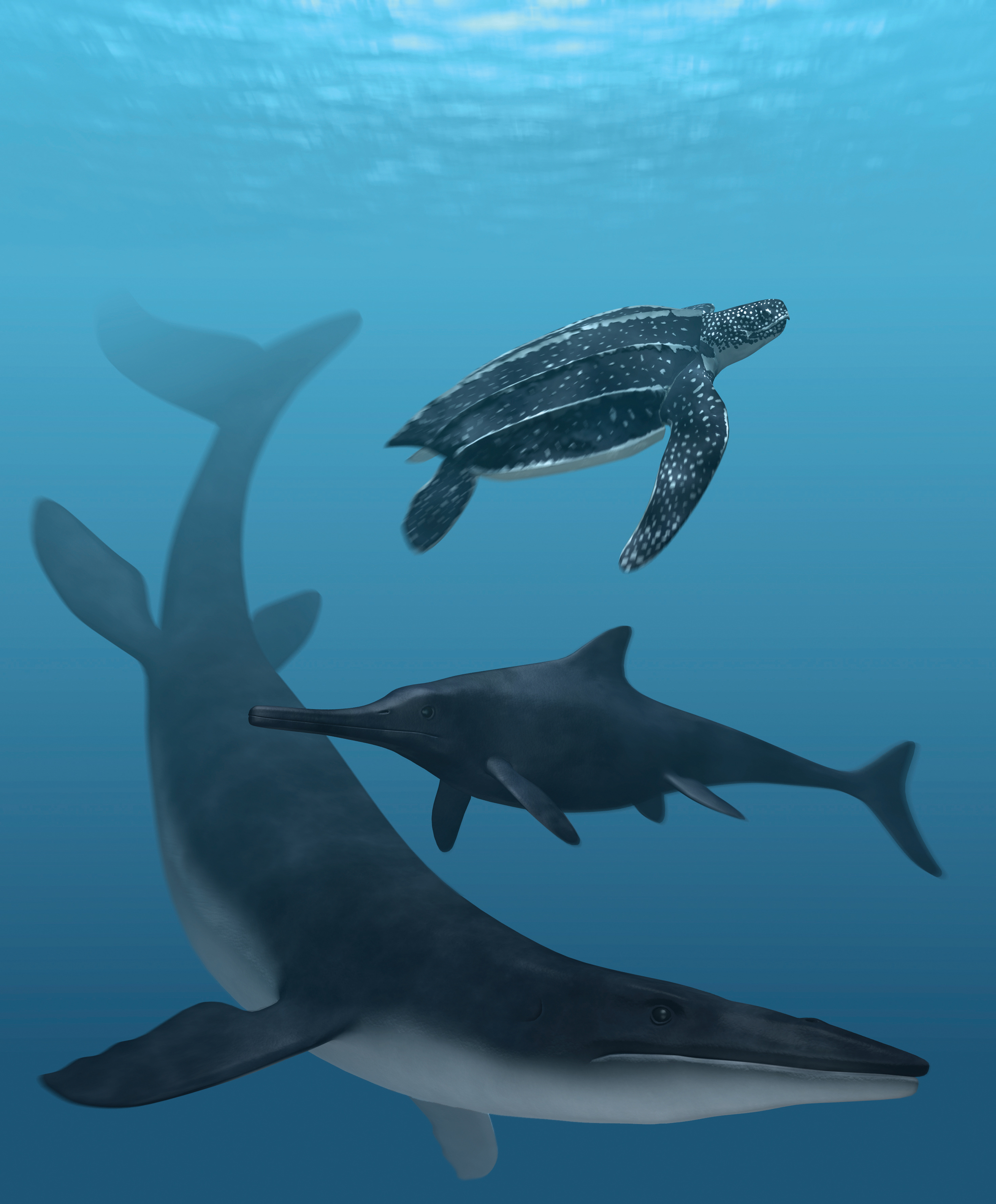In eyewitness descriptions of Champ as well as other lake creatures around the globe, coloration has varied. From brown to Olive green to black. Some reports have also been of a lighter underside. This feature is called Countershading, or Thayer's law, a method of camouflage in which an animal's coloration is darker on the upper side and lighter on the underside of the body. This pattern is found in many species of reptiles, birds, mammals, fish, and insects, both predators and prey, and has occurred since at least the Cretaceous period. Many turtles, frogs, and salamanders that live in the water have light colors on their bellies and dark colors on their backs. This color pattern makes them less visible to aquatic predators that see them against a light sky.
Circled above: Christine Hebert's brother Chamlie Auer during a personal interview in front of the light pole where she had her sighting. (2013)
A covering of Spirodela polyrhiza on the skin of the American Alligator (Alligator mississippiensis).
During my studies, I later discovered that for the first time, scientists have direct evidence of skin color in marine creatures that lived many millions of years ago matching the coloration of the Champ animals and other lake creatures worldwide. Published in the journal Nature on January 8, 2014, describe pigment unearthed in the fossilized skin of a 196-million-year-old ichthyosaur, an 85-million-year-old mosasaur, and a 55-million-year-old leatherback turtle. The evidence suggests that some ancient sea creatures had dark skin, which might have provided UV protection, helped regulate body temperature, and perhaps served as camouflage.
Johan Lindgren at Lund University in Sweden heads the international team that made the discovery.
This is fantastic! When I started studying at Lund University in 1993, the film Jurassic Park had just been released, and that was one of the main reasons why I got interested in biology and paleontology. Then, 20 years ago, it was unthinkable that we would ever find biological remains from animals that have been extinct for many millions of years, but now we are there and I am proud to be a part of it.
Per Uvdal, a member of the research team at MAX IV Laboratory in Sweden, said:
Our results are amazing … Our discovery enables us to make a journey through time and to revisit these ancient reptiles using their own biomolecules. Now, we can finally use sophisticated molecular and imaging techniques to learn what these animals looked like and how they lived.

Ichthyosaurs, marine reptiles with a dolphin-like bodies, lived between 245 to 90 million years ago. Paleontologists believe that these extinct ocean predators fed on fish, shellfish, cephalopods, and perhaps smaller marine reptiles. Mosasaurs were giant marine lizards, likely the apex predators of their day, that thrived during the Late Cretaceous, about 85 to 65 million years ago. The scientists also studied leatherback turtles, whose ancestry dates back to the first sea turtles that emerged 110 million years ago. Leatherbacks are still on Earth today, found in tropical and temperate waters of the Atlantic, Pacific, and Indian Oceans.
In the fossils of each animal, scientists found dark patches of fossil skin that bore many micron-sized flat roundish features (one micron is about 0.000039 inches). Previously, these features were thought to be fossilized bacteria in the decomposing carcass. However, further analysis by the research team revealed it to be fossilized melanosomes, specialized structures in animal cells that make, store, and transport the pigment that determines skin color, melanin.

The modern leatherback turtle (Dermochelys coriacea) has a black-colored back. It’s one of several adaptations for survival in temperate waters since dark colors do not reflect much light, but instead, absorb light and convert it to heat. This helps the turtle stay warm as it floats on the ocean surface, basking in the sun. Lindgren commented:
The fossil leatherback turtle probably had a similar color scheme and lifestyle as does Dermochelys. Similarly, mosasaurs and ichthyosaurs, which also had worldwide distributions, may have used their darkly colored skin to heat up quickly between dives.
In his press release, Lindgren speculates that some ichthyosaurus species may have had a similar way of life as modern-day sperm whales. They may have also evolved similar dark colors to sperm whales, adaptations for camouflage during dives to the dark deep ocean depths, and for UV protection at the ocean surface.
Scientists have discovered pigment in the fossilized skin of a 196-million-year-old ichthyosaur, a 55-million-year-old leatherback turtle, and an 85-million-year-old mosasaur. It’s the first direct evidence of skin color for these ancient sea creatures. Dark-colored skin might have provided UV protection, helped regulate body temperature, and perhaps served as camouflage. The journal Nature reported on these discoveries on January 8, 2014.
The presence of the dark coloring fits hundreds of eyewitness descriptions of Champ over the years, as well as the relation with the sunbathing reports onshore and my belief we are dealing with an ectothermic species yet to be classified by the scientific community.
With the presence of natural debris in Champlain that could easily be mistaken for a Champ animal, being of dark color with an elongate body these animals could easily look like a log on the surface or a log laying on the shoreline. Nature has a way to camouflage with its environment.
Sources
https://www.popularmechanics.com/science/animals/a9921/the-true-colors-of-ancient-reptiles-revealed-16357903/











